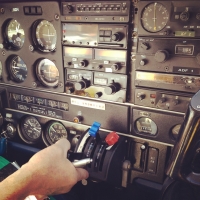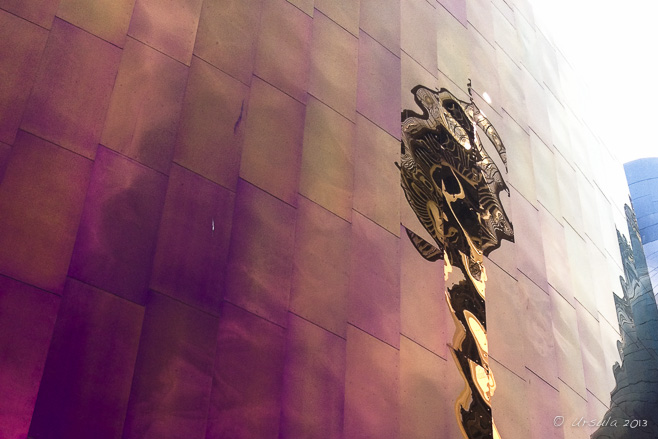
Seattle Reflections
Symbols of a hip and modern city: The Space Needle shines in the polished metal sides of the funky Experience Music Project Museum.
Every city has a “past”.
Even an eclectic and worldly city like Seattle – the home of grunge and Dr. Frasier Crane; Microsoft and Starbucks Coffee – has a rough and colourful story. Scratch the surface of the modern architecture and you will find a wild pioneer history, traces of which survive beneath the modern city streets.
Literally!
For, as it turns out, Seattle was originally ten feet lower than it is today.
We learned this, and much more, when we went on a “Bill Speidel’s Underground Tour” last month. We started our guided walk in a restored 1890’s saloon that once belonged to David Swinson “Doc” Maynard, one of the city’s more open-minded forefathers.
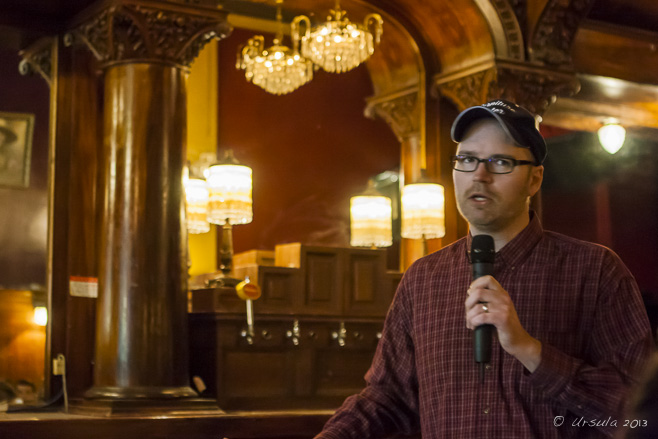
Our Guide to the Underground
Our tour began inside a restored version of Doc Maynard’s Public House.
We then passed through Pioneer Square, where a bust of Chief Seattle stands as a reminder of the original peoples of Washington State, the First Nations of the Suquamish and Duwamish tribes.
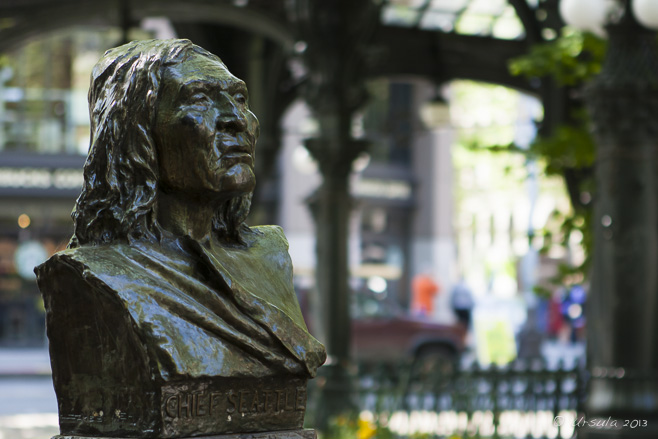
Chief Seattle (1790-1866)
Seattle (the most common transliteration of his name) was chief of the Dkhw’Duw’Absh and Suquamish people at the time of first European settlement.

The Keys to the Underground
Our guide briefs us before opening up the the doors to the underground.

Old Seattle
The old town was built of wood – and very close to sea level.
Seattle can date it’s European settlement back to 1851-1852, when a number of competing interests, most notably the very pious pioneer brothers Arthur and David Denny, entrepreneurial mill owner Henry Yesler, and the generous and fun-loving doctor and water-front developer “Doc” Maynard, developed vast tracts of land.
The burgeoning town relied on the shipping and timber industries. Prostitution, liquor, and gambling in the freebooting and relatively lawless waterfront area ensured that workers had somewhere to spend their free time and money.

Under the City
The rough walls of the original Seattle; now underground.
A key player in Seattle’s underground history is modern plumbing.
Locally known as “crappers”, after the British plumber Thomas Crapper, who modernised indoor plumbing and bathroom fittings, and was, by Royal Warrant, plumber to British kings, toilets were everywhere. Twice a day, with the incoming tides, crappers all over the young city would back up.
Not a pretty thought!

Old “Crapper”
A bathroom from the 1800’s remains exposed in the underground rooms.

111 Yesler
Underground street signs correspond to those above; Yesler’s name is everywhere in Seattle.

Through the Streets
People on elevated walkways, above the cracked old streets and under the busy new streets.
The Great Seattle Fire of June 6, 1889, which started when a carpenter’s apprentice let his glue pot boil over, and which didn’t finish until more than 25 blocks of mostly wooden buildings had been razed, gave the city a new lease on life. The fire made international news, and relief money poured in, allowing the city to rebuild: in stone and brick, rather than wood, this time.
To deal with (or bypass) the problem of soggy lands and dodgy plumbing, the city built retaining walls, eight feet or higher, on either side of the old streets, filled the spaces between them, and paved over the fill, making the streets one story higher than the old sidewalks that still ran alongside them. Sensibly, people started conducting most of their business on the second floor of their buildings, and new sidewalks soon bridged the gaps between the elevated roads and the buildings, creating the tunnels that form part of today’s underground.

On the Sunny Side of the Street
We emerge from the underground briefly…

Sidewalk Skylights
… to have a quick look at the sidewalks..

Under the Skylights
… before descending again to see what they look like from below.

Skylights
It is surprising how much light there is where the skylights have been left in place.

Bank Vault
We follow our guide through what was once the vaults of the street-level bank, and is now “haunted” underground space.

Iron Tub
All kinds of things are left behind in the various rooms, which belong to the property owners above.

Pipes and Plumbing
Utilities still live under the businesses and sidewalks.

Tin Mouldings
To built quickly and cheaply, tin mouldings, made to look like stone carvings, decorated buildings.

Lumber-Jack’s Boots
In the museum and Underground Tour gift shop, various memorabilia of Seattle’s origins, can be seen.

Lavatory Mists
Seattle had to develop ways of dealing with it’s fickle plumbing system!

Beautiful Crapper
The pièce de résistance: an original porcelain Crapper toilet imported from England!
In the early 1900’s the tunnels were sealed off (for fears of plague) and virtually forgotten, until they were rediscovered and reopened in the 1950’s and turned into a popular tourist attraction.
 It’s amazing what you find when you look under the façade of a modern city.
It’s amazing what you find when you look under the façade of a modern city.
Happy travels!
Photos: 11May2013


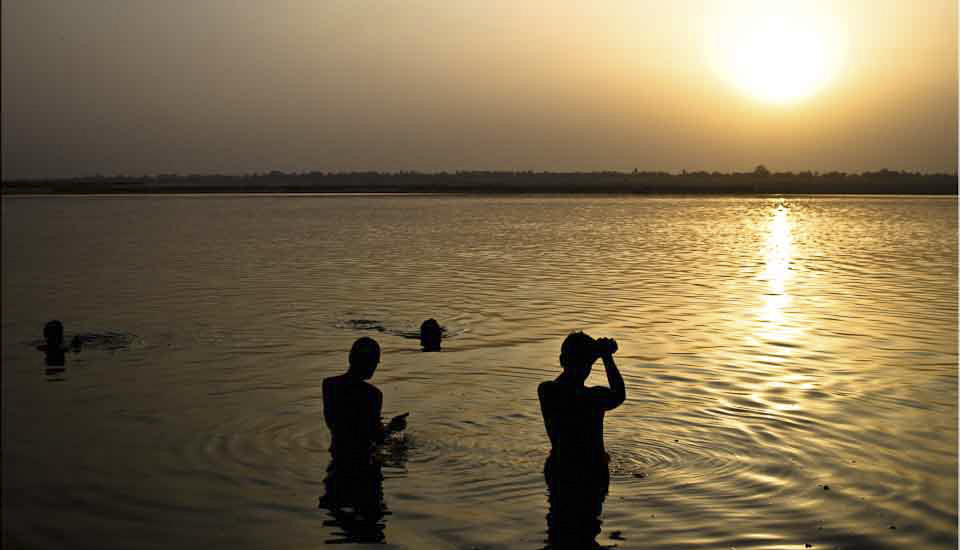




















.png)

